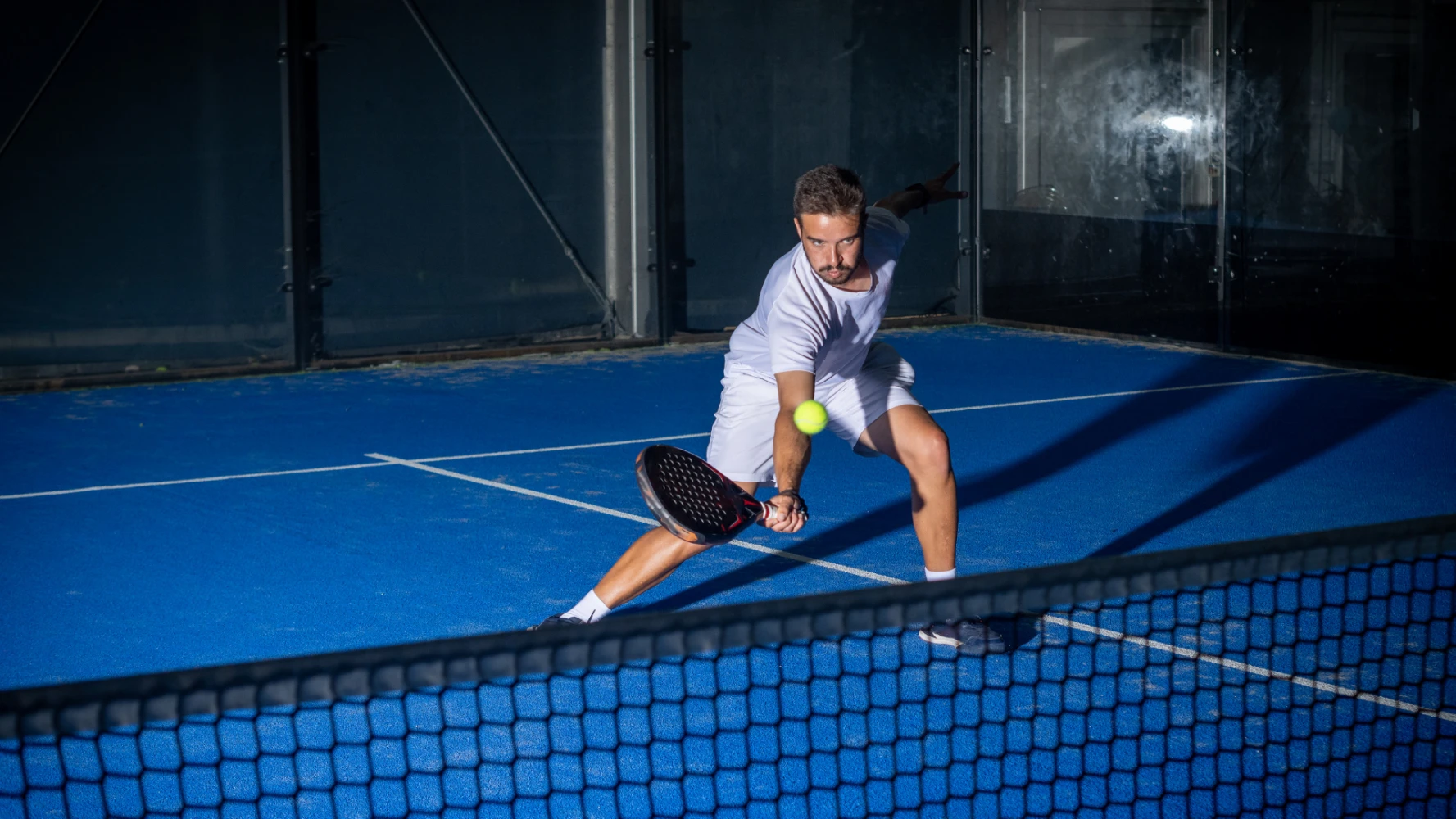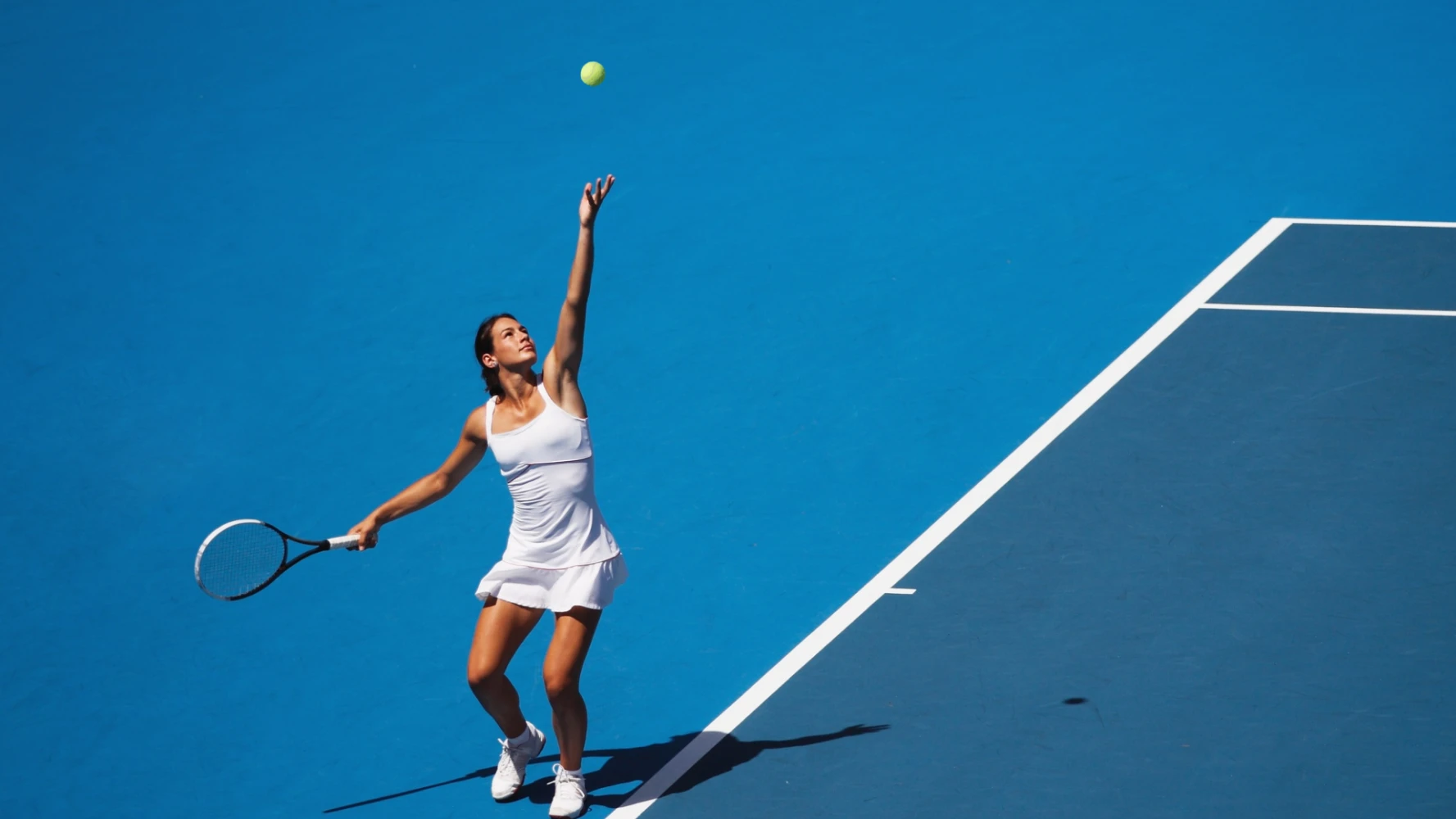In table tennis, the racket is the extension of the player, but it is the rubber that dictates the style of play. The rubber is not just a simple rubber surface; it is a tool for transmission, reception, and, above all, spin generation. Understanding the differences between the types of rubbers is essential for optimizing your style of play.
Smooth Rubbers (Inverted Rubbers): The Offensive Standard
Smooth rubbers are, by far, the most used by players of all levels. They consist of a sponge and a rubber sheet whose pips are turned inwards.
The Topspin Mechanism
Spin Generation: The gripping surface and the elastic nature of the rubber allow the player to "brush" the ball, generating maximum spin (topspin, backspin, sidespin). The tackier (stickier) the surface, the more spin it can create.
Speed and Control: The sponge beneath the rubber determines the speed. A soft sponge offers better control and a gentler "catapult" feel, favoring counter-attacking players. A hard sponge increases speed and power, ideal for direct hits and powerful topspin.
Playing Style: These rubbers are indispensable for modern offensive play, topspin rallies, and alternating rapid spins. They offer the versatility needed to play close to the table or at mid-distance.
Pips (Pips-Out Rubbers): The Game of Disruption
Pips-out rubbers (long or short) reverse the function of smooth rubber: they do not generate their own spin but exploit and reverse the opponent's spin.
Short Pips (Short Pips-Out)
Characteristic: The rubber sheet is thin, and the pips are short and wide.
Effect: They reduce sensitivity to the opponent's spin. They are often used for fast, flat shots close to the table, particularly quick blocks and direct hits. The game is based on speed and precision, not spin.
Playing Style: Favored by players who attack quickly and need an immediate response to speed.
Long Pips (Long Pips-Out)
Characteristic: The pips are long, thin, and flex easily.
Effect: They are used for defense and disruption. When a topspin ball hits the pips, the spin is reversed into backspin. If a backspin ball arrives, it is returned as topspin. The player uses the opponent's spin against them.
Playing Style: Ideal for defenders (choppers) who play far from the table, but also for players close to the table who seek to disrupt the rhythm with unpredictable spin play.
Anti-Top (Anti-Spin): The Spin Annihilator
Anti-top is a specialized rubber with an almost non-grippy surface.
Function: It completely cancels spin. The ultra-smooth surface slides over the ball, neither transmitting nor generating its own spin. It simply returns the opponent's spin, but without reversing it like long pips.
Playing Style: Used by defensive players who have great difficulty reading complex spins on the serve or in topspin rallies. It is often combined with a smooth rubber on the other side of the racket (combination bat) to alternate between neutralization and aggressive attack.
Conclusion: The Racket, a Strategic Tool
The choice of rubbers is the table tennis player's first strategic decision. Whether you opt for the versatility of smooth, the speed of short pips, the disruption of long pips, or the neutralization of anti-top, your racket must be a reflection of your playing style and tactical ideas.




Comments